
Kiki Yablon
Dog trainer - MA, Karen Pryor Academy faculty, KPA CTP, CPDT-KA
Chicago, IL
Pls inquire thru kikiyablondogtraining.com, not DM
@kikiyablon.bsky.social
Recent Posts

There’s more to the story of fading out food rewards (if that’s something you need) than feeding every time your dog does the behavior, then not feeding every time, then not feeding at all. When your dog keeps doing a behavior after you’ve stopped using treats entirely, there’s almost certainly still something reinforcing it, because behavior that is no longer reinforced will weaken. Even, eventually, “habits,” or behavior that seems to happen almost automatically. What if tomorrow all red lights meant go? You’d eventually, and maybe pretty quickly, learn a new response even though stepping on the gas when it’s green (or yellow, hi Dad) might be one of your strongest habits. You can stop using “treats,” if that’s what you used to get the behavior started, when the behavior is big and strong enough to carry the dog to reinforcers that are more likely to occur as a typical product of the behavior. You can also teach behaviors from the get-go with those reinforcers, if you are able to harness them efficiently. For more, see “When Can I Stop Using Treats?” on my blog and/or get a much deeper dive in my ClickerExpo 2024 presentation “Let the World Do the Work: Transitioning to Naturally Occurring Reinforcers,” now available as a standalone webinar. Links in bio!

Hello there! I have seen a few different explanations of DRO floating around dog training social media recently, and having written a chunk of my thesis about what it is, why it’s thought to work, and best practices for using it, I thought I’d throw this into the mix. Although DRO stands for “differential reinforcement of other behavior,” it does not involve reinforcing “any other behavior” that occurs instead of the unwanted behavior. In DRO, reinforcement is contingent only on the passage of a certain interval of time without the occurrence of the unwanted behavior. There are two main flavors of DRO, both of which can be split into subtypes depending on how the time intervals are set (e.g., fixed or varied from rep to rep). In “interval DRO,” which is more common, the whole interval of time must go by without the behavior that is targeted for reduction. When it does, reinforcement is delivered, regardless of what else the learner is doing. If the learner does the unwanted behavior, typically the time requirement starts over. Sometimes, if the unwanted behavior occurs right as the timer runs out, an extra interval of time is added to avoid reinforcing the unwanted behavior. In momentary DRO, reinforcement is delivered if the behavior is not occurring at the moment that an interval of time ends, regardless of whether the unwanted behavior occurred at any other time during that interval. If the unwanted behavior is occurring, the reinforcer is not delivered. Delivering the reinforcer when you see any of multiple acceptable alternative behaviors occurring—which is how I have seen DRO described in training circles recently—would be DRA, not DRO. Although it’s referred to as a differential reinforcement procedure, reinforcement may not always be at work in DRO. There are at least four mechanisms thought to make it go. More in the comments …

I wrote a new blog post, about an old blog post. A number of years ago, I wrote a short item for @clickertraining called How to Get Your Dog to Stop Barking—by Thanking Him for Barking. Over the years, this post has grown legs. The procedure it describes is often referred to as the "thank you protocol," and sometimes to my embarrassment "Kiki Yablon's thank you protocol," though others have done similar things. The original post was very abbreviated; it was written with a word limit, as a quick tip for National Train Your Dog Month. I didn't have room for anything about the reasons I thought the procedure worked, or to go into detail about what I now think is the most interesting piece. I've been meaning to expand on both of those things for a while, and I guess today's the day! Link in bio!
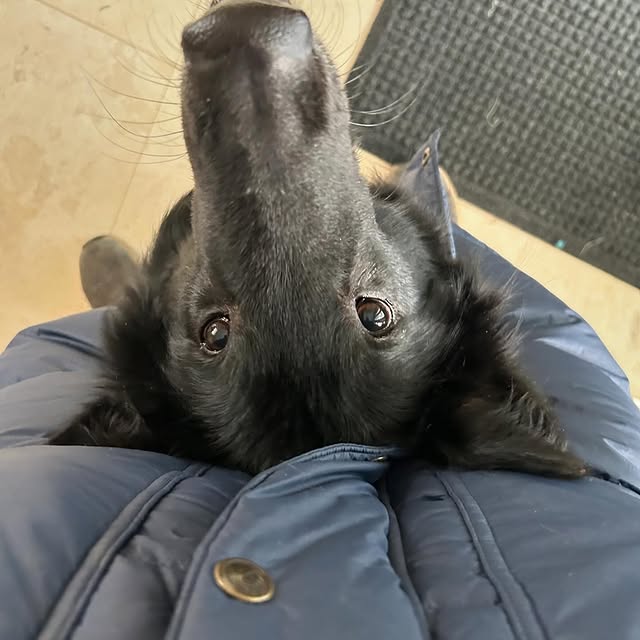
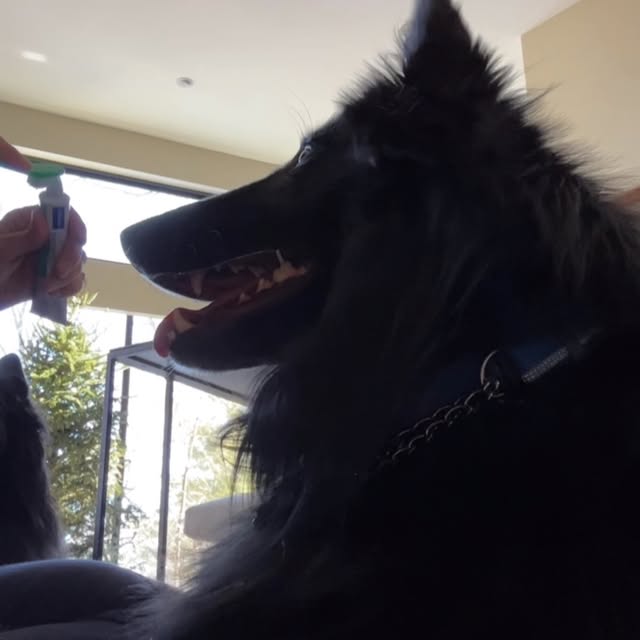
Today we introduced an actual toothbrush instead of just the finger I was using to apply toothpaste yesterday. I started with a finger cot (not pictured) and then decided to try a handled brush. You can see slight hesitation the first time I present it as the thing I will be using to touch him with, but on the next rep that’s gone.
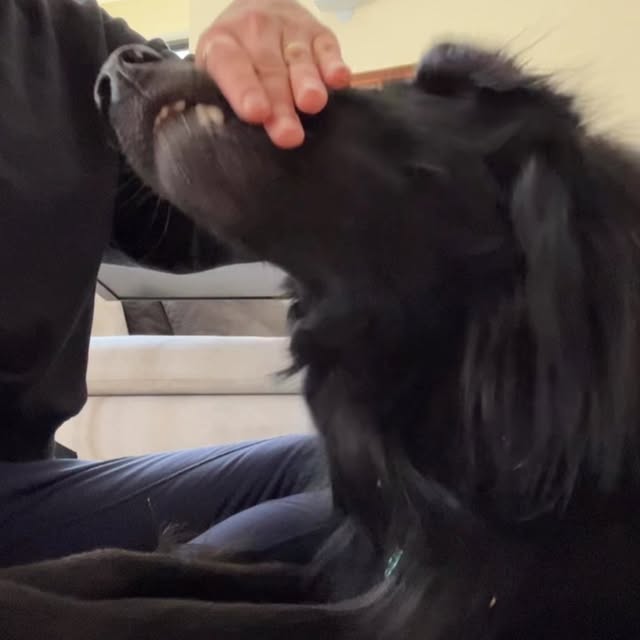
Started working with Kronos on cooperative tooth brushing just before the holidays; this was our first session back at it after a month. We were able to introduce beef-flavored toothpaste and some tooth rubbing today! On the video, I do see one rep where I appear to proceed without the usual bump-up to opt in . . . but hey, that’s why we video.

Apply by March 6 to save $200 on tuition for my upcoming Dallas series. DEI scholarships are also available for this series. Links in bio!

I learned about Karen Pryor, read her books, and eventually came to study dog training in the curriculum she had designed, because of Pigeon, who early on suffered my misguided attempts to “correct’ her behavior towards things she was very much afraid of. My next door neighbor when Pigeon came to us, as a fearful 7-month-old, happened to be Jessica Whiton, a trainer at the Shedd Aquarium, and after a brief demo, she handed me a box clicker that said “Sunshine Books” on the back. That led me to Karen’s book Don’t Shoot the Dog and to my first mentor, Laura Monaco Torelli, another Shedd alum. Karen’s work changed my worldview, my career, and my life—not to mention Pigeon’s life. The biggest revelation to me—and one I did not grasp immediately, even after a couple of classes where Pigeon excelled at typical “manners” behaviors—was that rather than punish, or suppress, unwanted behavior, you can teach the animal what to do instead, teach them skills to navigate the world in ways that are important to them. That turned out to not be quite so simple as the clicker training sound byte implied: “ignore what you don’t like and reinforce what you do.” But Karen’s work introduced me to a larger community of relentless learners, teachers, and innovators whose exploration of the nuances massively improved Pigeon’s life, and my understanding of behavior. Along with Laura, these included Emma Parsons, Leslie McDevitt, Jesus Rosales-Ruiz, Kay Laurence, Kathy Sdao, Eva Bertilsson and Emelie Johnson Vegh (who I met through a fast and dear friend made at my first ClickerExpo, Susan Kennedy), Ken Ramirez, Hannah Branigan, Mary Hunter, and Susan Friedman. I strongly believe that the education I got from them, whether from courses or books or in conversation, prepared me for my master’s program in behavior analysis (as a latecoming “nontraditional student”) as well as any undergrad education might have. Continued in the comments:
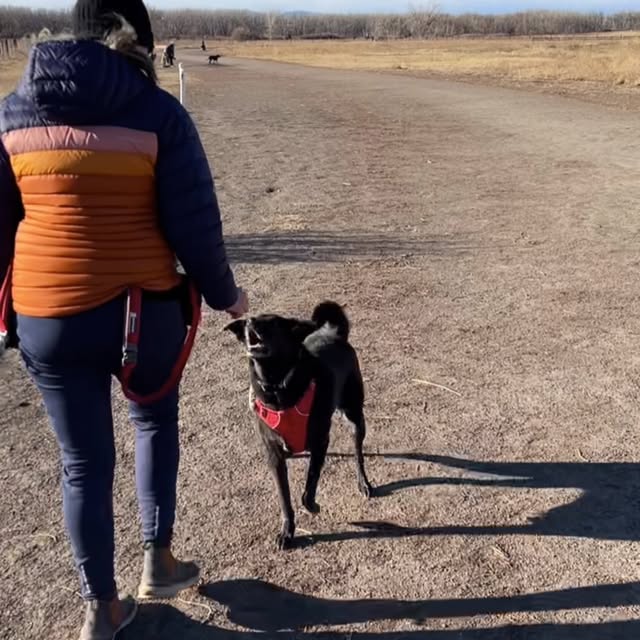
This is Finn’s style with most other dogs in a nutshell: (1) if person, greet person; (2) briefly circle/butt sniff; (3) follow me away after a few seconds; (4) decline solicitation for rowdier interaction with young whippersnapper.
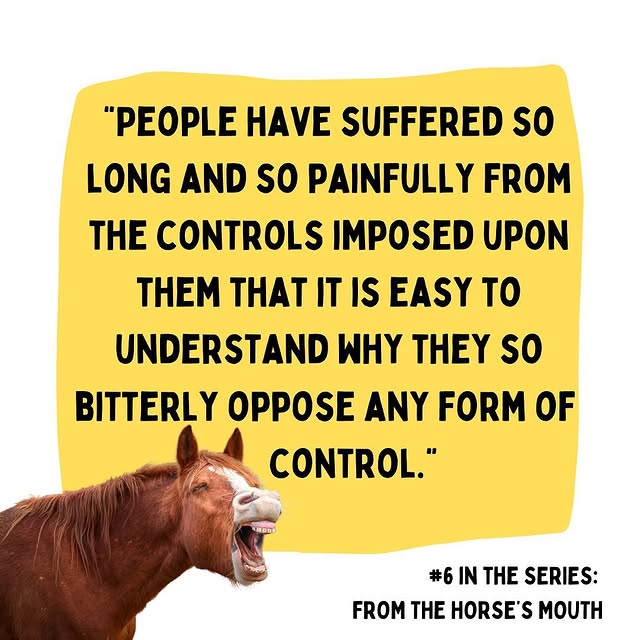
One of the assumptions of radical behaviorism is that our behavior is an inseparable part of a complex ecosystem with our environment. Behavior doesn’t occur in a vacuum, it isn’t caused by forces in some other dimension, and there isn’t a little “self” in our head from which it originates spontaneously. That is what Skinner means when he writes here that all behavior is “controlled.” As noted in a previous installment of this series, he also observed that behavior is our means of controlling the environment, and the better we understand how this system works, the better equipped we are to make meaningful changes to our natural and social environments. What’s this got to do with dog training, you might be asking? Well, I see a lot of stuff about how we need to shift to a model where we exert less “control” over dogs and move away from Skinner and his supposedly mechanistic views. But to me, this model informs how I try to improve the world for dogs. To paraphrase my mentor Susan Friedman (talking about her own dog) I want the most feral version of my dog that can safely pursue happiness in this world. And that requires that I arrange his natural and social environment--which I am doing simply by being present, and even when I remove or avoid restrictions—to teach or cultivate skills that he can use to maximize his success. With that, it’s vacation pix from here to early January. I wish a happy and peaceful new year to all; I’m grateful for the thoughtful and kind community we have managed to carve out in our corner of this frustrating world.
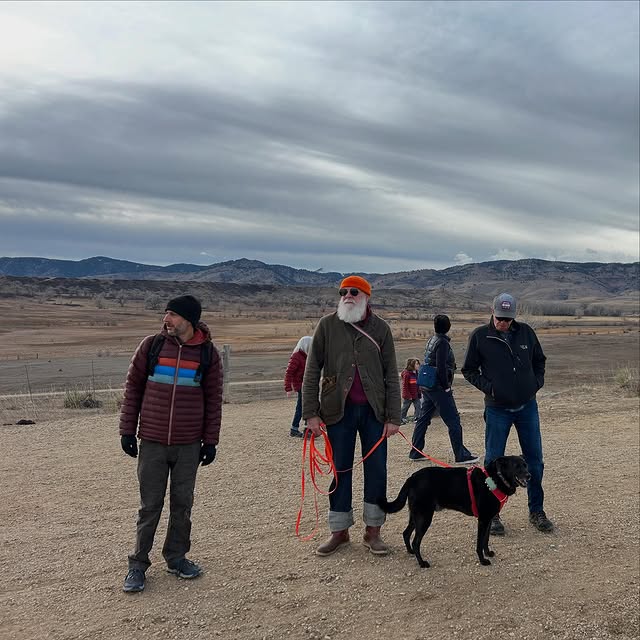
Family hike/herding cats. Finn saw 4 new animals: a bobcat, prairie dogs, cows, and a coyote. No pics, wanted both hands free 😂
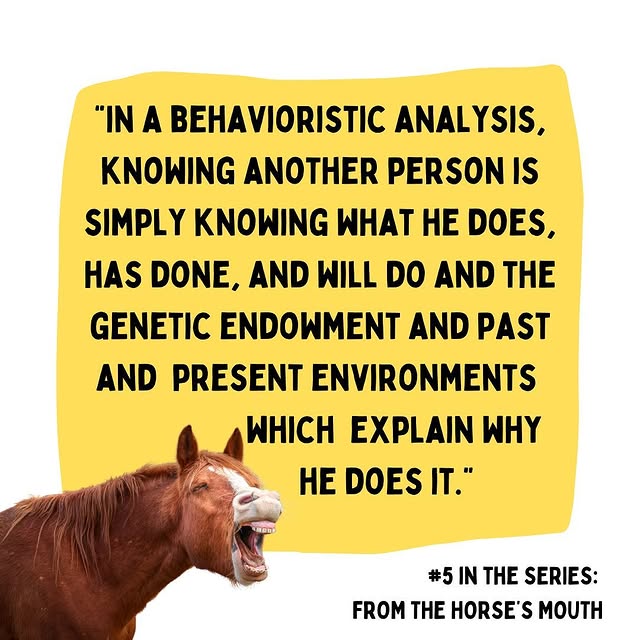
It is often suggested that behavior analysis, the natural science of learning, cannot account for the rich inner lives of humans—or nonhuman animals—and therefore also can’t account for complex observable behavior, which, as it is hard to explain with what we know about “learning theory,” must happen because of the inner life. Imagine deciding that because we cannot explain a hurricane with what we personally know about atmospheric science, it must be unexplainable. Or the wrath of a vengeful god, or a plot by Jewish financiers. (Oh, wait.) No science has yet explained everything, and most of us do not know what has and hasn’t been explored in any given science. But all sciences rest on the assumption that natural phenomena are potentially explainable by other natural phenomena. This is an unprovable worldview, so you can take it or leave it. I take it. Skinner came to the conclusion not that inner life didn’t exist or didn’t matter, but rather that it did exist and did matter. In fact, this was how he differentiated his worldview, radical behaviorism, from the earlier methodological strain, with which it is often confused. “Radical behaviorism restores some kind of balance [between mentalism, or attributing behavior to the “mind” or inner life, and methodological behaviorism, which focused on external antecedent events and poo-pooed self-observation]. It does not insist upon truth by agreement and can therefore consider events taking place in the private world within the skin. It does not call these events unobservable, and it does not dismiss them as subjective. it simply questions the nature of the object observed and the reliability of the observations.” What he did question was what the “inner life” was—divine spark, a “mind” as distinct from a body, or more things an organism’s body does? We can’t verify another’s inner life. Even when someone tells us what they are thinking or feeling, their behavior of doing so is shaped by their genetics and experience, and our own genetics and experience will shape our understanding of it. But that doesn’t mean that it isn’t governed by the same natural laws as what we can see.
Similar Influencers

Sonali & PD

Dominika Knossalla-Pado |Certified Dog Trainer

ProductiveMinds

Peanut App

CassidyandKids

Consumer Reports

First Time Mom Club

🤍🤍🤍🤍🤍🤍🤍🤍

nursesara

Lucinda Pak

Responsive Parenting | Enhancing Relationships

Cherri V

Jimbo Reid

Dr.Beachgem10

Ashley Walters

The Burnt Out Dog Trainer

Sheléa Melody McDonald

Sam Thompson

Parents

THE HOME EDIT ®

Jordan Howlett

IMOGEN LANG • 🥝🫧🫶🏼

Lewis Howes

Kelly Rowland

Cleber Souza

Beth Sandland | Motherhood, Life, Style, Cotswolds

Kay

Zack

Dr. Mae Hughes I Pelvic Floor Physical Therapist
